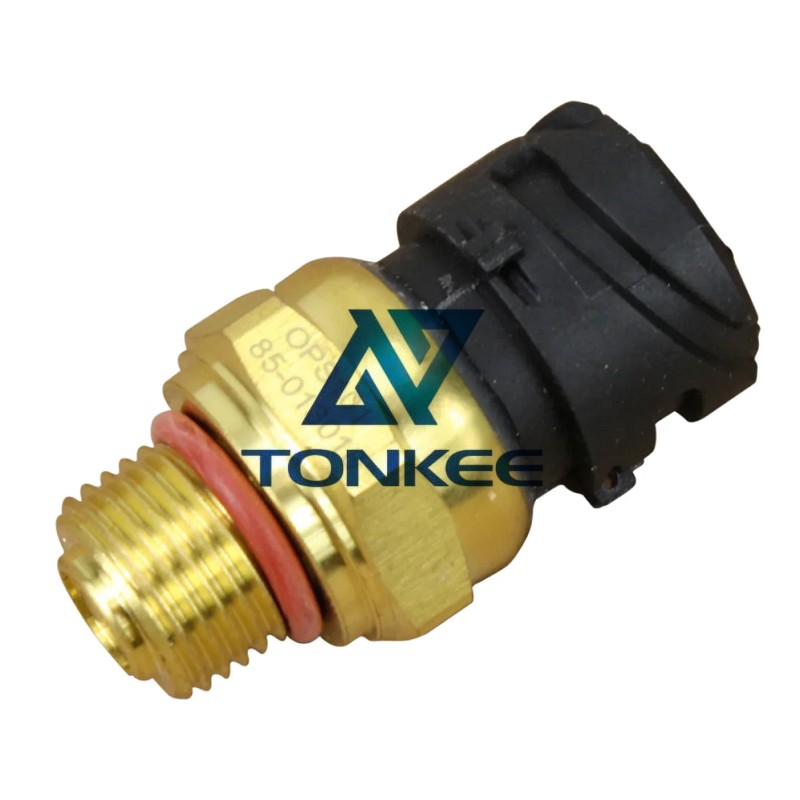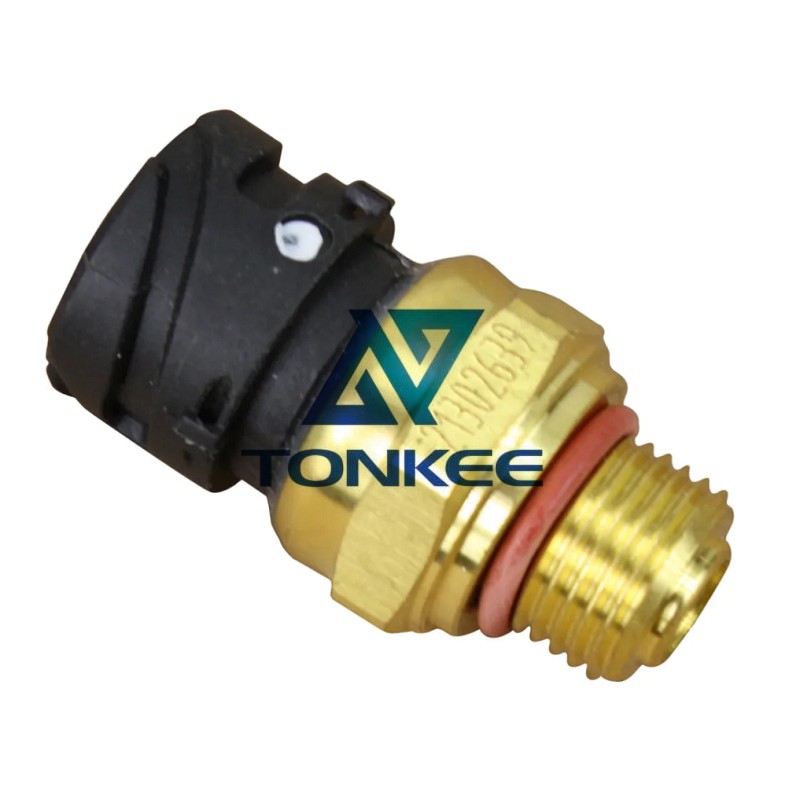
Compatibility:
The VOE20796744 and 21302639 Oil Pressure Sensors are specifically engineered for Volvo Penta trucks powered by D12 and D13 engines.
These engines are widely used in heavy-duty applications, including commercial trucks, buses, and other heavy-duty vehicles. The sensors are designed to seamlessly integrate into the engine systems, providing accurate and reliable oil pressure readings.
Construction and Materials:
Both sensors are constructed with high-quality materials to withstand the demanding conditions of heavy-duty applications. The housing is typically made of durable materials that can resist corrosion and withstand exposure to oil and other engine fluids. The internal components are designed to provide accurate readings over an extended period, ensuring long-term reliability.
Operating Principle:
These oil pressure sensors operate based on the principle of pressure transduction. As oil circulates through the engine, the sensor measures the pressure exerted by the oil. The sensor then converts this pressure into an electrical signal, which is sent to the engine control unit (ECU) or other relevant monitoring systems. The ECU uses this information to make real-time adjustments to optimize engine performance and ensure that the oil pressure remains within the recommended range.
Accuracy and Precision:
One of the critical aspects of oil pressure sensors is their accuracy.
The VOE20796744 and 21302639 sensors are designed to provide precise readings, allowing the vehicle's systems to respond promptly to changes in oil pressure. This accuracy is essential for preventing engine damage and ensuring that the engine operates efficiently under various conditions, including heavy loads and high temperatures.
Installation and Calibration:
Installation of these sensors is typically straightforward, following manufacturer guidelines. Calibration may be necessary during the installation process to ensure that the sensor accurately reflects the oil pressure conditions within the engine. Proper installation and calibration are crucial for the reliable performance of these sensors throughout their operational life.
Environmental Considerations:
The sensors are engineered to operate effectively in a range of environmental conditions. This includes exposure to high temperatures, vibrations, and potential contaminants present in the engine environment. The robust construction of these sensors enhances their ability to withstand harsh conditions, contributing to their longevity and reliability.
Maintenance and Troubleshooting:
Routine maintenance is essential to ensure the continued accuracy and reliability of these oil pressure sensors. Regular checks, as part of the overall vehicle maintenance schedule, can help identify any issues early on. In the event of a malfunction, troubleshooting procedures provided by the manufacturer should be followed to diagnose and rectify the problem promptly.





